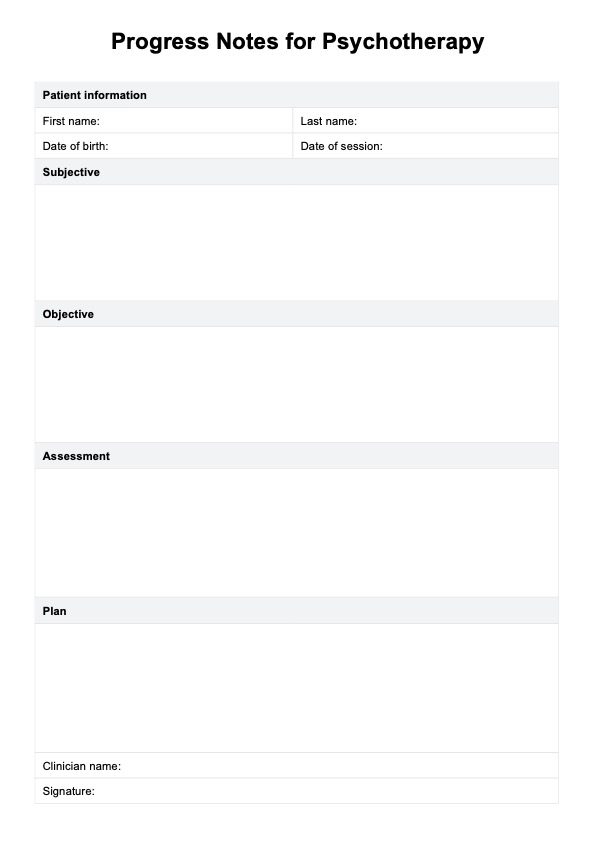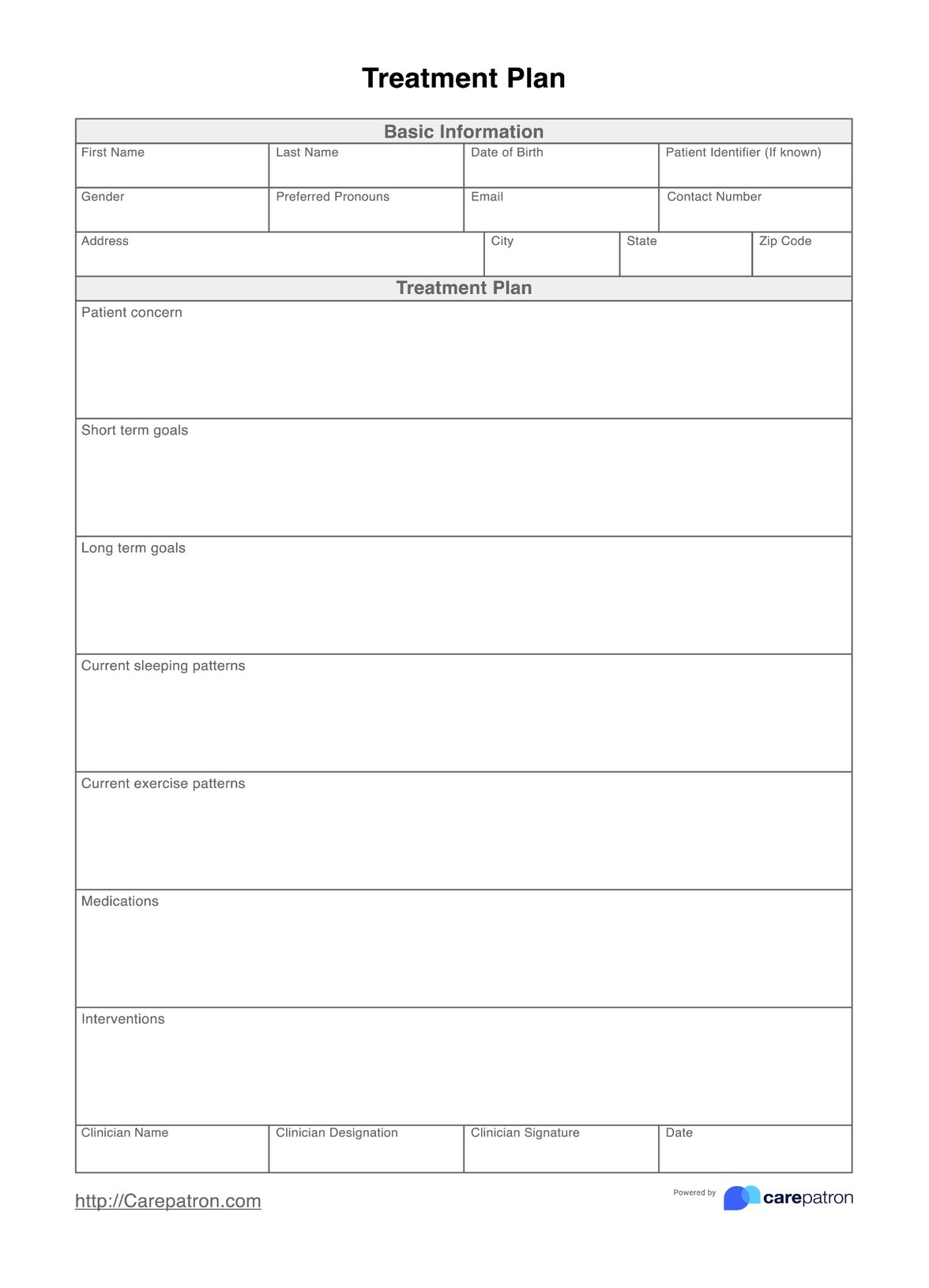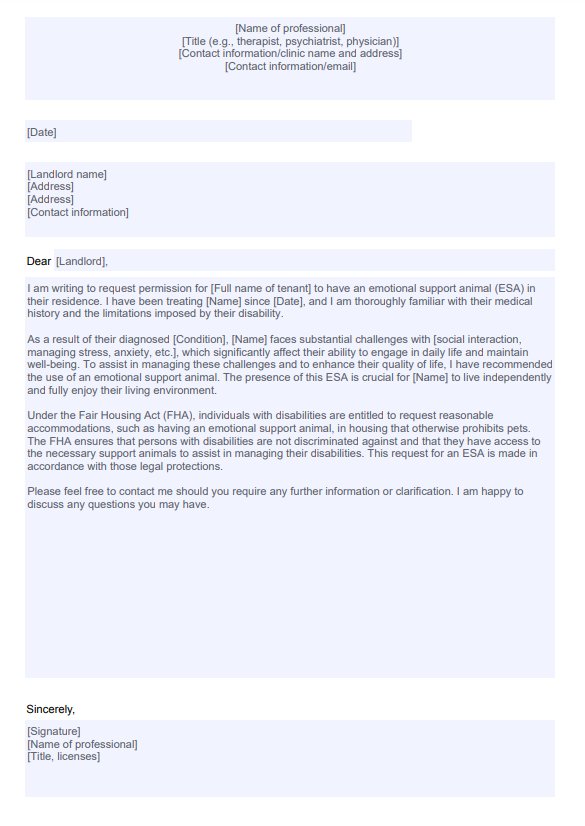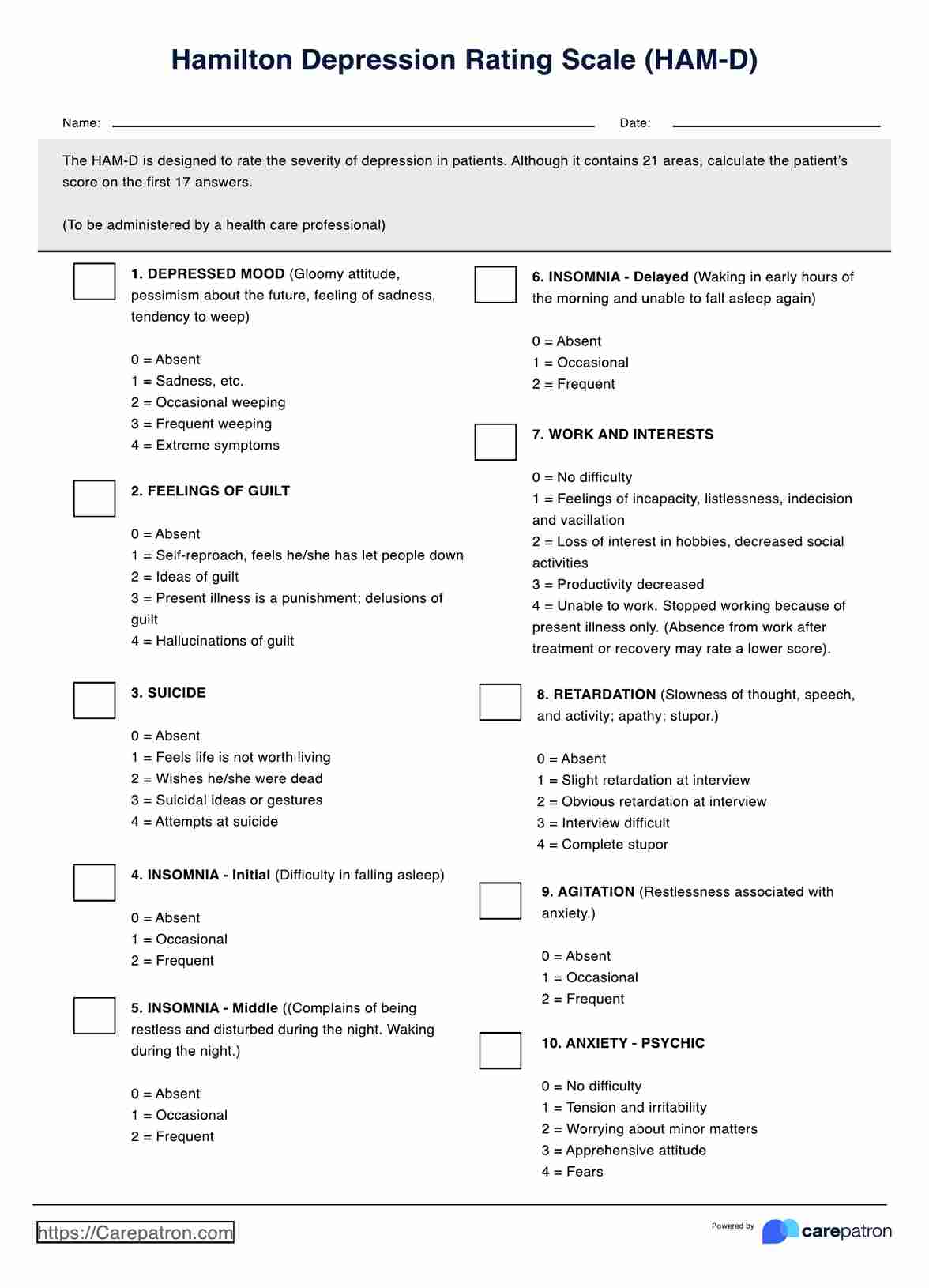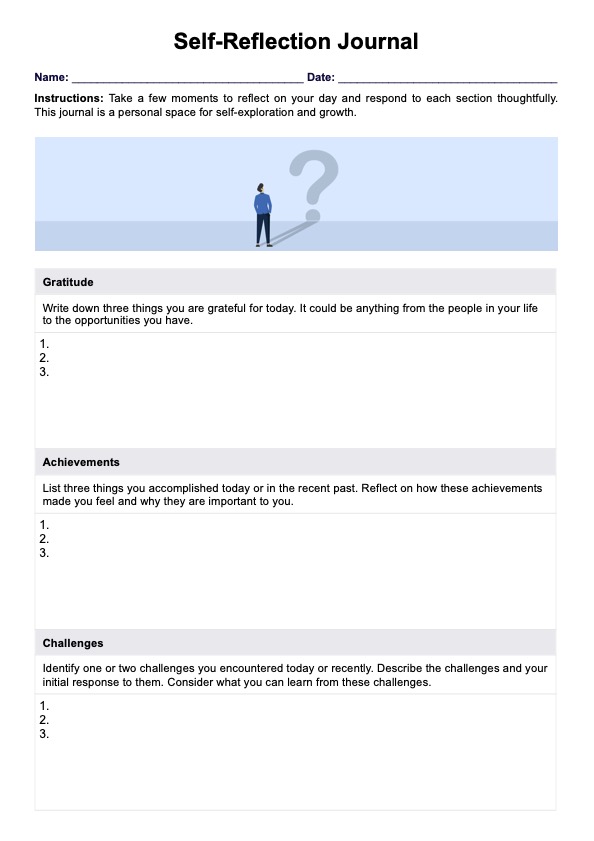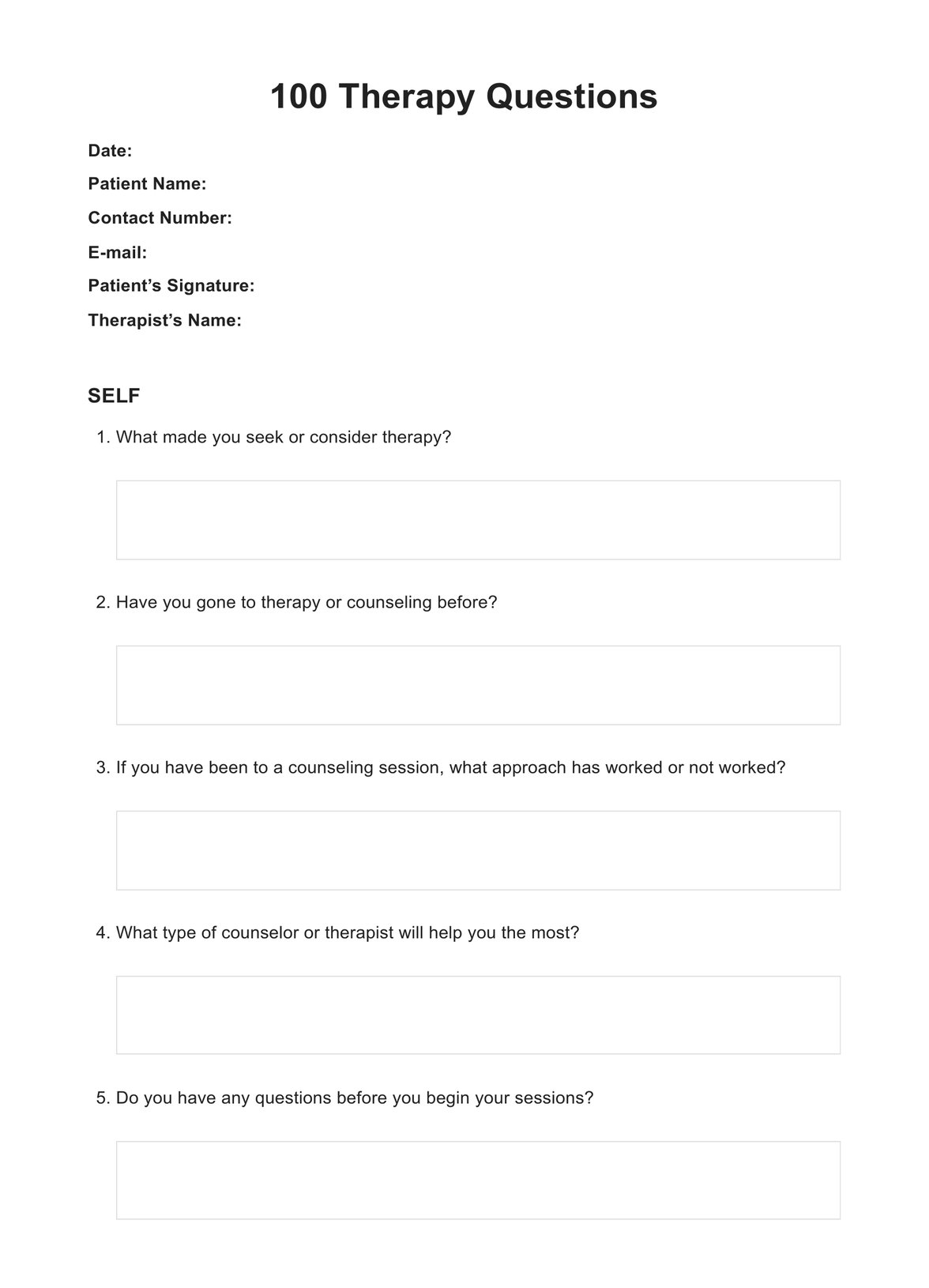Criminal Thinking Worksheet PDF
Enhance healthcare outcomes with our Criminal Thinking Worksheet, addressing cognitive distortions for effective treatment planning.


What are Criminal Thinking Worksheets?
Criminal Thinking Worksheets are tools to address distorted thinking patterns prevalent among justice-involved clients. These worksheets target cognitive distortions or criminal thinking errors commonly associated with criminal behavior.
Based on cognitive behavioral therapy principles, they provide a structured approach to recognizing and correcting these thinking errors, encouraging behavior change, and reducing recidivism. The worksheets cover seven core topics: power orientation and substance use disorder, facilitating personal reflections, and quick review exercises.
This updated and revised curriculum incorporates evidence-based practices, ensuring treatment methods align with the latest research in the field. Its flexible and customizable build allows for tailored interventions to suit individual needs. Additionally, new companion videos complement the worksheets, reinforcing lessons and engaging participants in interactive learning.
With a focus on addressing common errors in thinking and promoting self-awareness, these worksheets serve as a vital component in treating offenders. Their effectiveness lies in their ability to challenge distorted thinking patterns and equip participants with the skills to make positive behavioral changes. As part of a best-selling curriculum, they are widely recognized for impacting rehabilitation efforts and reducing recidivism rates.
Criminal Thinking Worksheet PDF Template
Criminal Thinking Worksheet PDF Example
How to use Criminal Thinking Worksheets?
1. Introduction to the worksheet
The therapist introduces the Criminal Thinking Worksheet, explaining its purpose in addressing distorted thinking patterns associated with criminal behavior. They highlight its role in promoting self-awareness and facilitating positive behavior change.
2. Client engagement and explanation
The therapist engages the client in a discussion about the worksheet, ensuring they understand its purpose and how it aligns with their treatment plan. They use easy-to-understand language and inclusive terminology to make the process accessible and comfortable for the client.
3. Completing the worksheet
The client fills out the worksheet, guided by the therapist. They reflect on real-life experiences, identifying distorted thinking patterns and exploring alternative perspectives. Through reflection exercises, they delve into the consequences of their actions and the underlying motivations behind them.
4. Incorporating therapy techniques
The therapist incorporates cognitive behavioral therapy (CBT) techniques to challenge and reframe the client's thoughts. They use the worksheet to reinforce lessons learned in therapy sessions, promoting consistency in treatment approaches.
5. Personalized treatment plan
Based on the insights gained from the worksheet, the therapist collaborates with the client to develop a personalized treatment plan. This plan integrates the client's needs and goals, ensuring ongoing aftercare and support beyond the therapy session.
6. Review and reflection
The therapist reviews the completed worksheet with the client, discussing their thoughts and insights. Together, they reflect on progress made and areas for further growth. The worksheet is a tangible record of the client's journey, guiding future sessions and treatment adjustments.
7. Integration with ongoing care
The completed worksheet becomes part of the client's file, providing valuable insights for ongoing treatment. It informs the revision of the treatment plan as needed and serves as a reference point for future thinking reports. The therapist and client schedule a review date to track progress and adjust strategies accordingly.
The Criminal Thinking Worksheet becomes an integral part of the therapeutic process by following these steps, empowering clients to challenge addictive thinking patterns, reinforcing lessons learned, and working towards lasting behavior change.
Interpreting patient answers
Interpreting the answers provided on the Criminal Thinking Worksheet involves a comprehensive analysis of the client's responses within the context of their treatment plan and therapeutic goals. Here's a detailed breakdown:
- Understanding patterns
Begin by identifying recurring themes or patterns in the client's responses. Look for instances where addictive thinking or distorted thought patterns emerge. For example, if the client consistently blames others for their actions or prioritizes immediate gratification over long-term consequences, it indicates potential areas for intervention. - Analyzing real-Life experiences
Consider the real-life experiences shared by the client and how they relate to their thought patterns. Assess the impact of these experiences on their behavior and decision-making processes. For instance, if substance use is frequently mentioned as a coping mechanism during stressful situations, it highlights the client's reliance on addictive behaviors to manage challenges. - Aligning with treatment methods
Evaluate whether the client's responses align with evidence-based treatment methods for addressing addictive behaviors and criminal thinking patterns. Ensure that the strategies outlined in the treatment plan are reflected in their answers. If there's a discrepancy, it may indicate a need to modify or reinforce therapeutic interventions. - Encouraging behavior change
Look for signs of readiness and willingness to change in the client's responses. Note instances where the client demonstrates insight into their behavior and expresses motivation to adopt healthier coping mechanisms. These indicators suggest a receptiveness to treatment and an opportunity to encourage positive behavior change. - Promoting self-reflection
Lastly, encourage the client to reflect on their answers and insights from completing the worksheet. Facilitate discussions around areas of growth and challenges encountered during the process. Use this opportunity to reinforce the importance of ongoing self-awareness and active participation in their treatment journey.
By interpreting the client's answers through this lens, therapists can gain valuable insights into their cognitive and behavioral patterns, effectively treating addiction and fostering meaningful behavior change.
Benefits of using this Criminal Thinking Worksheet
- Targeted intervention
The Criminal Thinking Worksheet provides a focused approach to addressing distorted thinking patterns associated with criminal behavior, allowing therapists to target specific cognitive distortions and addictive thinking. - Enhanced self-awareness
By engaging in reflection exercises and analyzing real-life experiences, clients gain a deeper understanding of their thought processes and behavior, fostering greater self-awareness and insight into their actions. - Evidence-based treatment
The worksheet incorporates cognitive behavioral therapy (CBT) techniques, which are well-established and evidence-based methods for treating addiction and criminal thinking patterns, ensuring that treatment methods are grounded in research and best practices. - Promotion of behavior change
Through identifying and challenging distorted thinking, the worksheet encourages clients to explore alternative perspectives and adopt healthier coping mechanisms, ultimately facilitating behavior change and reducing the likelihood of relapse. - Structured Treatment Planning: By documenting responses and progress on the worksheet, therapists can track client insights and monitor their journey toward recovery. This structured approach enables the development of personalized treatment plans tailored to each client's unique needs and goals.
- Empowerment and accountability
Completing the worksheet empowers clients to participate actively in their recovery process. By examining their thought patterns and behaviors, clients become accountable for their actions, fostering a sense of ownership and empowerment in their journey toward positive change.
Commonly asked questions
The worksheet aids in treating addiction by targeting cognitive distortions linked to addictive behaviors. Through structured exercises, clients explore real-life experiences, promoting self-awareness and behavior change crucial for overcoming addiction.
Yes, the worksheet is designed to be adaptable and inclusive. Therapists can customize it based on individual needs, ensuring its relevance across diverse clients and treatment plans.
The worksheet serves as a tangible extension of therapy sessions. It reinforces lessons learned in therapy, offering clients a structured means to apply insights gained during sessions to their daily lives.


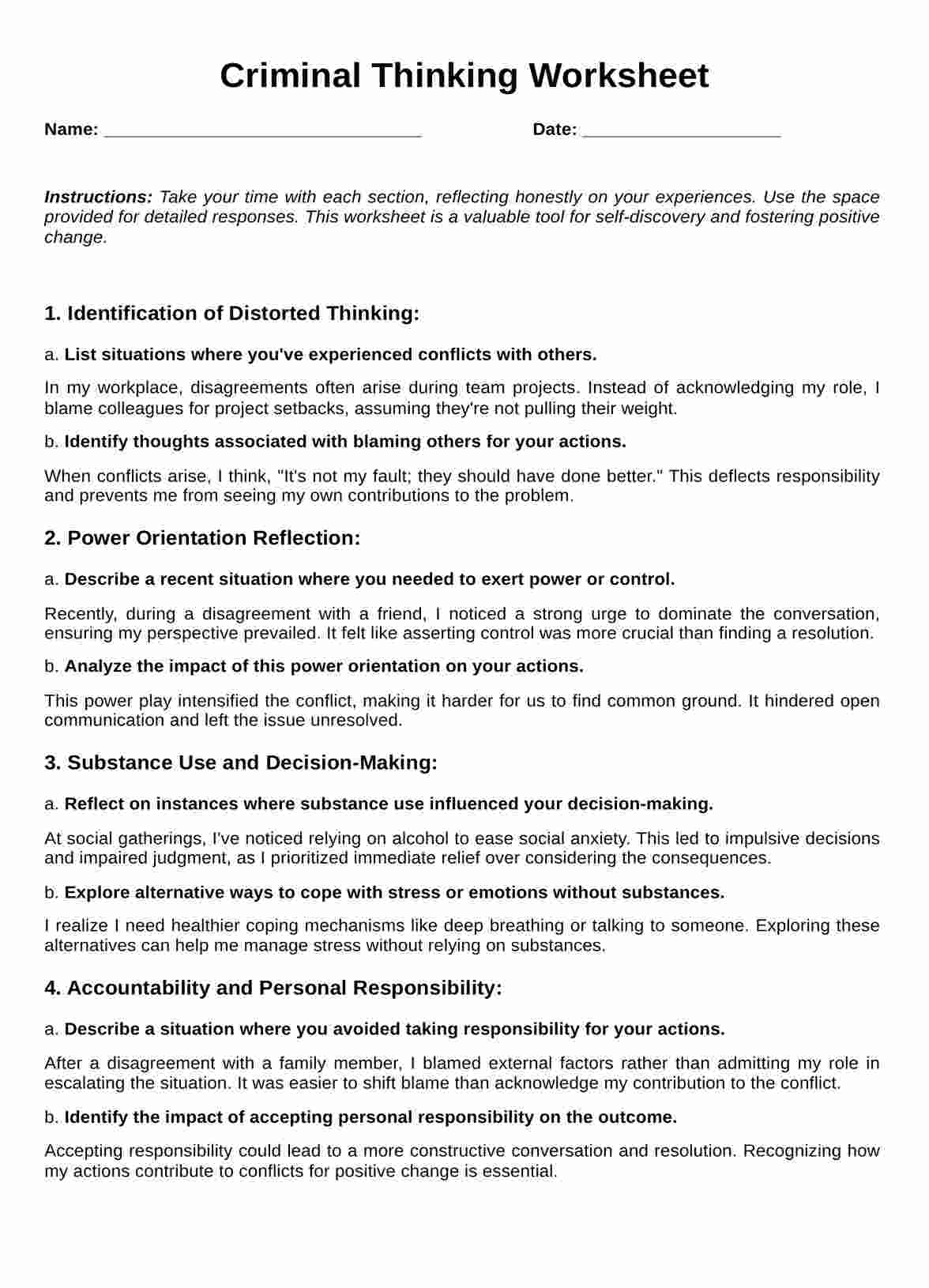
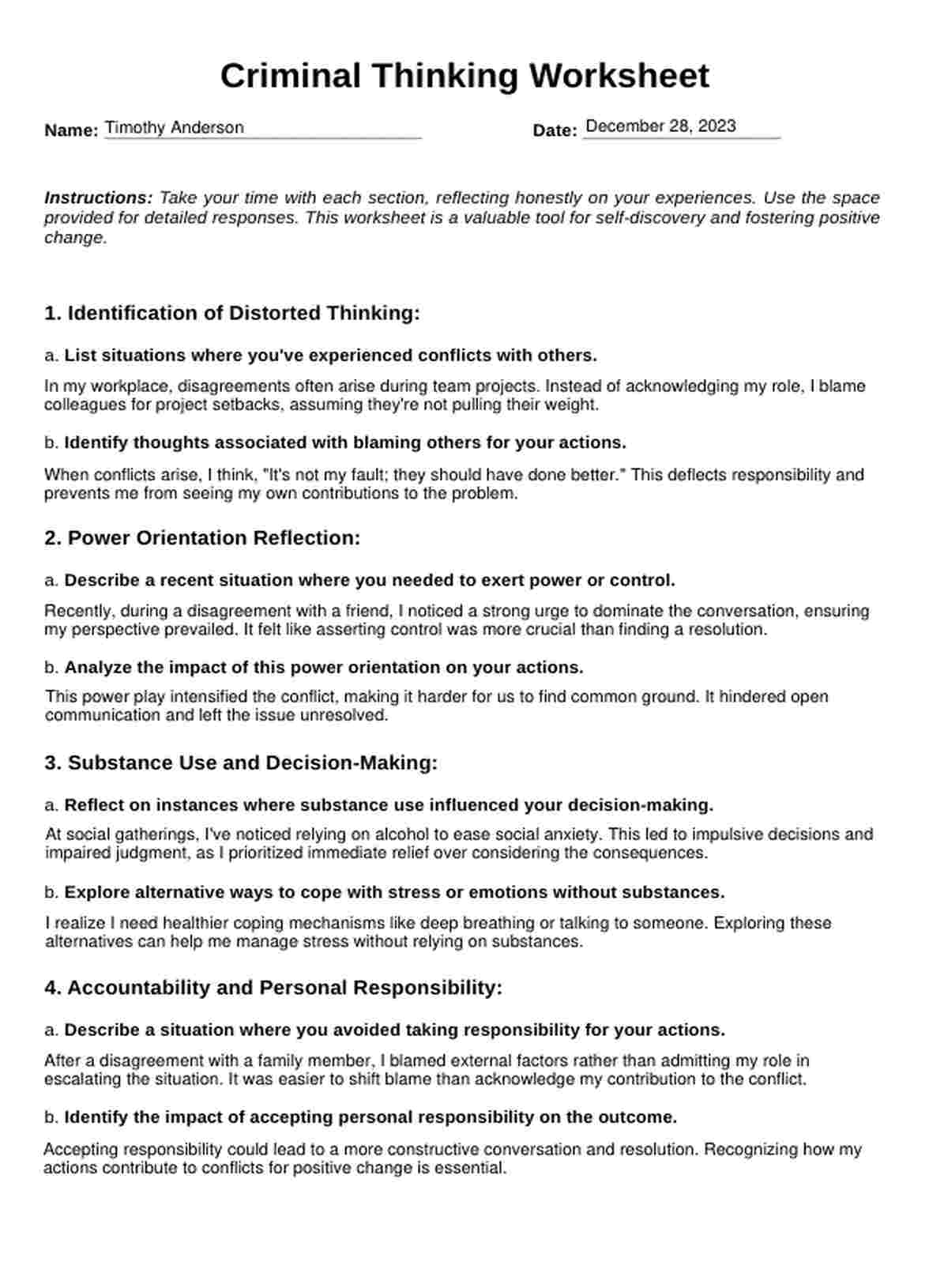

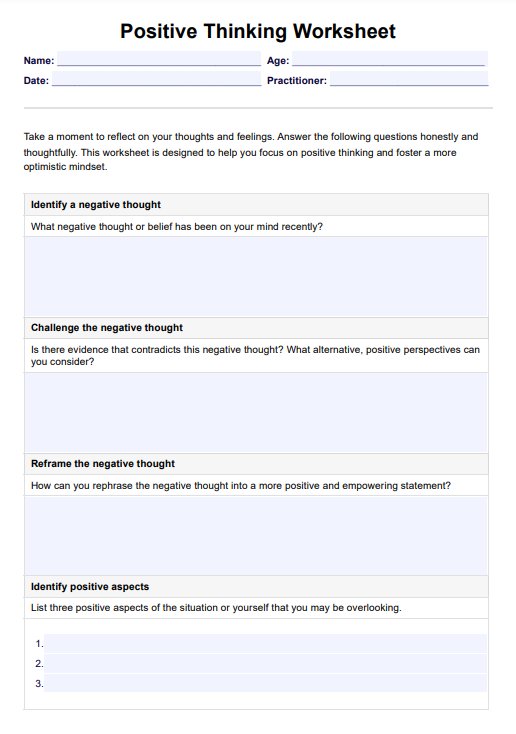
















-template.jpg)
























































































